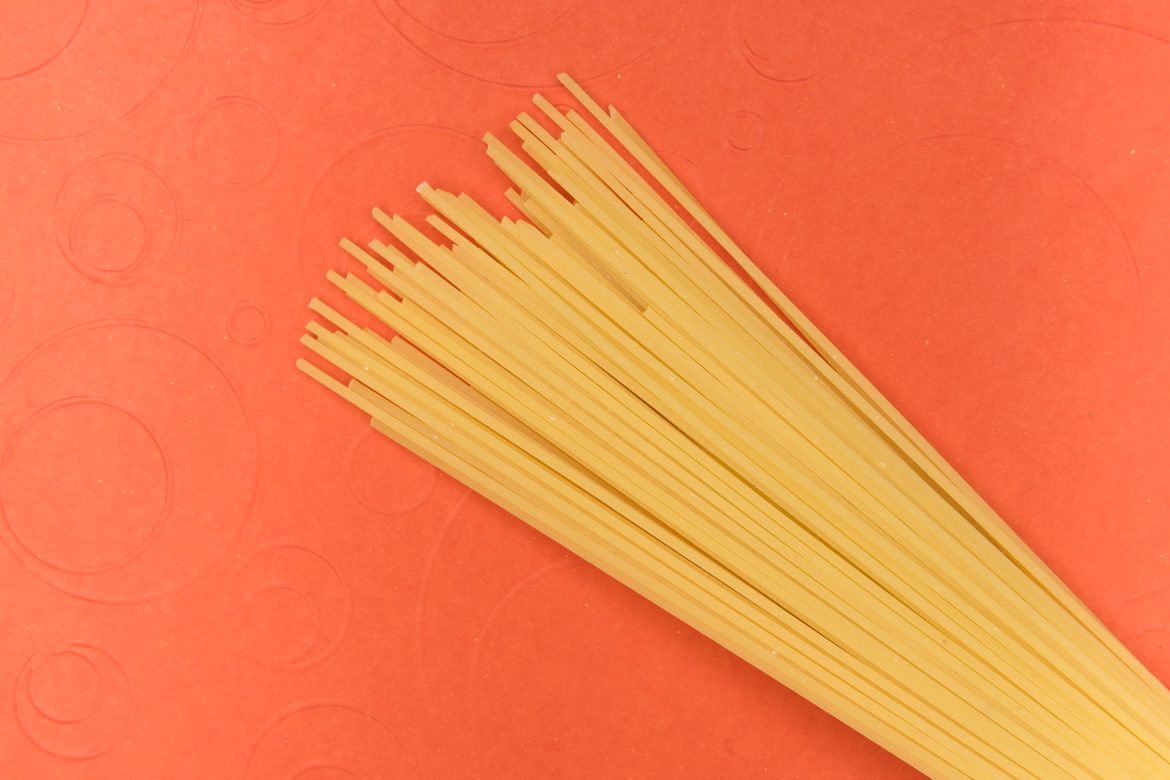As pet owners, we all want the best for our furry friends. We want them to be healthy, happy, and well-fed. In recent years, there has been a growing trend towards feeding pets raw diets. Proponents of these diets claim that they are more natural and healthier for pets, while critics argue that they can be dangerous and even deadly. In this article, we will take a closer look at the pros and cons of raw diets for pets, so that you can make an informed decision about what to feed your furry friend.
1. “The Raw Truth: Examining the Benefits and Drawbacks of Feeding Your Pet a Raw Diet”
Feeding your pet a raw diet has become a popular trend in recent years, with many pet owners believing it to be a more natural and healthier option than traditional kibble. However, there are both benefits and drawbacks to feeding your pet a raw diet that should be carefully considered before making the switch.
- Benefits:
- Improved digestion and nutrient absorption
- Healthier skin and coat
- Increased energy and vitality
- Reduced risk of allergies and food sensitivities
- Drawbacks:
- Potential for bacterial contamination and foodborne illness
- Difficulty in ensuring a balanced and complete diet
- Increased cost and preparation time
- Possible dental issues from consuming raw bones
Ultimately, the decision to feed your pet a raw diet should be based on careful research and consultation with a veterinarian. While there are potential benefits to this type of diet, it is important to weigh them against the potential risks and drawbacks before making a decision.
2. “To Cook or Not to Cook? Weighing the Pros and Cons of Raw Diets for Your Furry Friend”
When it comes to feeding your furry friend, there are many options available. One of the most popular trends in recent years has been the raw food diet. This diet consists of feeding your pet uncooked meat, bones, and organs. While some pet owners swear by this diet, others are hesitant to make the switch. Here are some pros and cons to consider before deciding whether or not to feed your pet a raw diet:
- Pros:
- Raw food diets can provide more nutrients and vitamins than processed pet foods.
- Some pets have shown improvements in their coat, skin, and overall health after switching to a raw diet.
- Raw diets can be a good option for pets with food allergies or sensitivities.
- Cons:
- Raw diets can be expensive and time-consuming to prepare.
- There is a risk of bacterial contamination from raw meat, which can be dangerous for both pets and humans.
- Some pets may not tolerate a raw diet well and may experience digestive issues.
Ultimately, the decision to feed your pet a raw diet is a personal one. It’s important to do your research and consult with your veterinarian before making any major changes to your pet’s diet. If you do decide to switch to a raw diet, make sure to follow proper food handling and preparation guidelines to ensure the safety of both you and your furry friend.
3. “Raw Diets for Pets: A Comprehensive Look at the Advantages and Disadvantages of This Controversial Feeding Method
Raw diets for pets have been a topic of debate among pet owners and veterinarians alike. While some swear by the benefits of feeding their pets raw food, others are skeptical of the potential risks associated with this feeding method. Here are some advantages and disadvantages to consider before deciding whether or not to switch your pet to a raw diet.
Advantages:
- Improved digestion: Raw diets are often easier for pets to digest, which can lead to better nutrient absorption and less gastrointestinal issues.
- Healthier skin and coat: A raw diet can provide pets with essential fatty acids and other nutrients that promote healthy skin and a shiny coat.
- Reduced risk of allergies: Some pet owners believe that feeding their pets a raw diet can reduce the risk of allergies and other health issues.
Disadvantages:
- Risk of bacterial contamination: Raw meat can contain harmful bacteria such as Salmonella and E. coli, which can pose a risk to both pets and humans.
- Difficulty in balancing nutrients: It can be challenging to ensure that a raw diet provides pets with all the necessary nutrients they need to thrive.
- Cost: Raw diets can be more expensive than traditional pet food, especially if you opt for high-quality, organic meats.
Ultimately, the decision to feed your pet a raw diet is a personal one that should be made after careful consideration of the potential advantages and disadvantages. It’s important to consult with your veterinarian before making any changes to your pet’s diet to ensure that they are getting all the nutrients they need to stay healthy. In conclusion, raw diets for pets have their fair share of pros and cons. While they offer a more natural and nutrient-dense option for our furry friends, they also come with potential health risks and require careful preparation and handling. As with any dietary choice, it is important to weigh the benefits and drawbacks and consult with a veterinarian before making a decision. Ultimately, the best diet for your pet will depend on their individual needs and preferences. Whether you choose to go raw or stick with a traditional kibble, the most important thing is to provide your pet with a balanced and healthy diet that supports their overall well-being.

